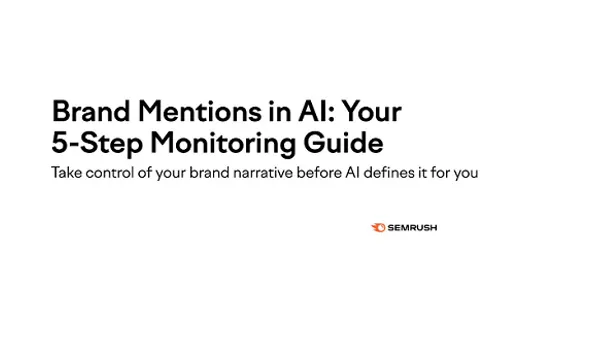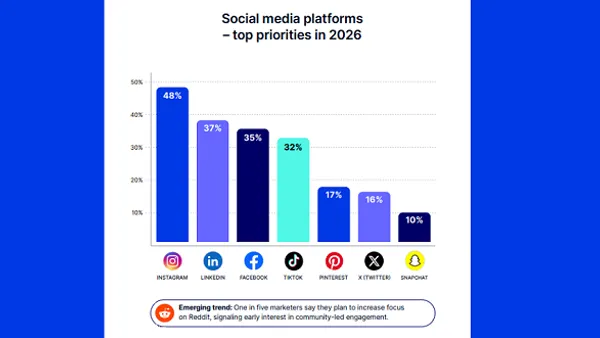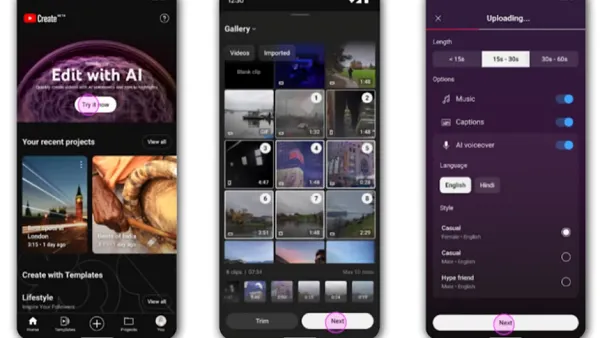Negative feedback is Facebook's way of allowing users to "dislike" content, but to a more of an extreme. Actions taken by users include:
- Hide Post
- Hide All Posts
- Report Spam
- Unlike Page
When someone hides content from a page, it's almost like changing a status from "in a relationship" to "it's complicated." Unfortunately, you can't ask your audience why they would "Like" your Facebook page and then hide its content. You don't even know who did it or when. You can really only know that it's happened and what exact post led them to that action.
There are several factors that play a role in when and why this happens. Environmental factors such as the industry of your business, the retention of customers and your competition can play a role. Other factors include quality of content, quality of images and overall brand quality. Users could also just realize they have no interaction with your brand and decide they want nothing to do with you.
Whatever reason they may not want to follow you anymore, it's important to focus on how often you are getting negative feedback and what type of content is getting the most. Statistically, the more eyes that see your content, the more eyes that will have an adverse reaction.
There are three rules to stick with when developing this plan to combat negative feedback - Benchmarking, Measurement and Improvement.
Benchmarking
If you're worried about levels getting out of control, then you'll want to set benchmarks to measure any changes. I recommend monitoring your negative feedback for a substantial amount of time, anywhere from one month to one quarter. Once you have a good set of data, you can see where negative feedback fluctuates and what type of content invites the most reaction. Use these benchmarks to measure future changes.

Measurement
To measure your negative feedback, it's best to look at it as a rate. Much like engagement rate, take the number of Hides, Hide Alls, Report Spams and
Unlike Pages, then divide by the number of people a post has reached. Multiply that number by 100 and you have your negative feedback rate. Dividing content by type is also important to measurement. Not only may you want to track what type of content invites more negative feedback, but you may also want to measure different categories within those types. An example breakdown of content types may look like the chart to the left.
Improvement
Taking the first step to improve negative feedback means taking a deeper dive into the problem area. After you've found your benchmark and continue to measure posts against that average, you will want to find the areas where spikes have occurred. Look at the content and place it into one of the pre-determined categories. Ask, "how does it compare to other content in this category?" Analyze how much negative feedback that category of content has received?
Use this information to change your strategy and focus on creating content that appeals to your audience. With the changes in Facebook's algorithm, a declining organic reach and other Facebook challenges, focusing on what your audience wants to see is the best strategy you can have.









